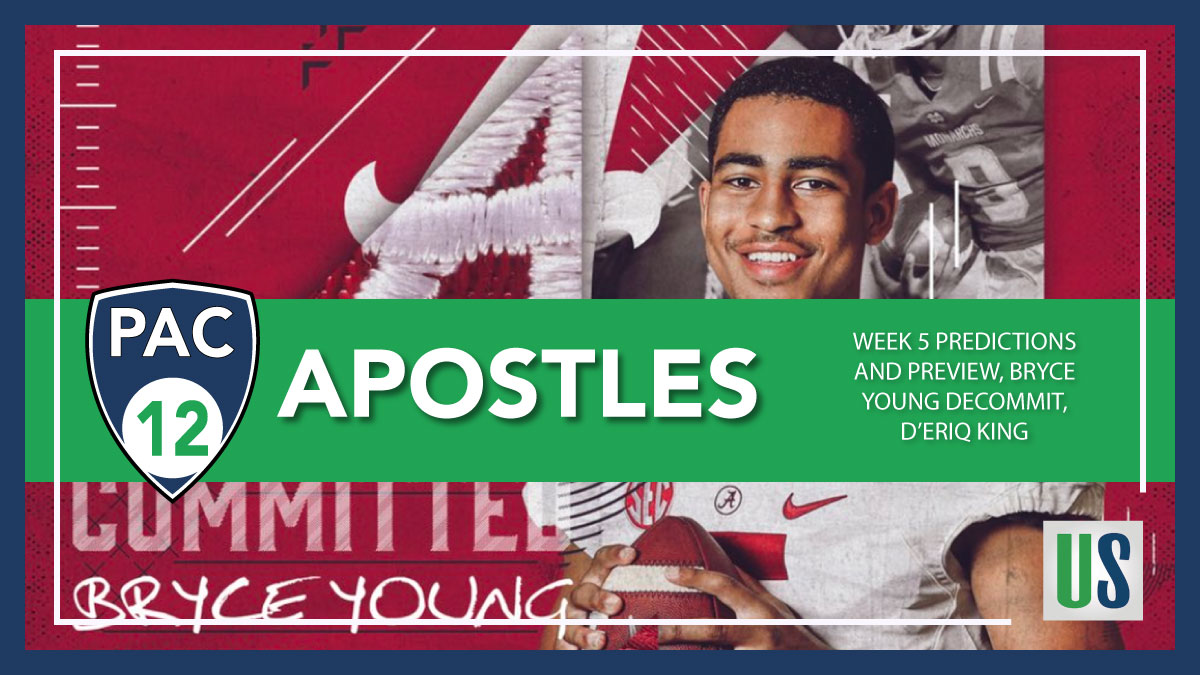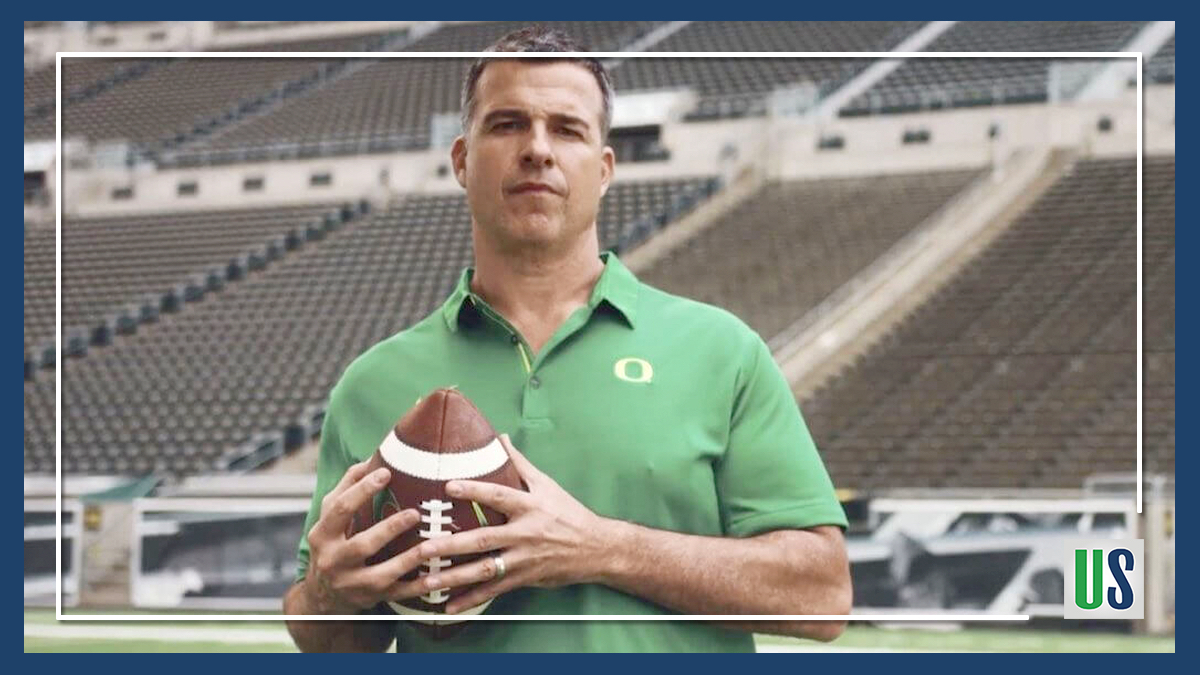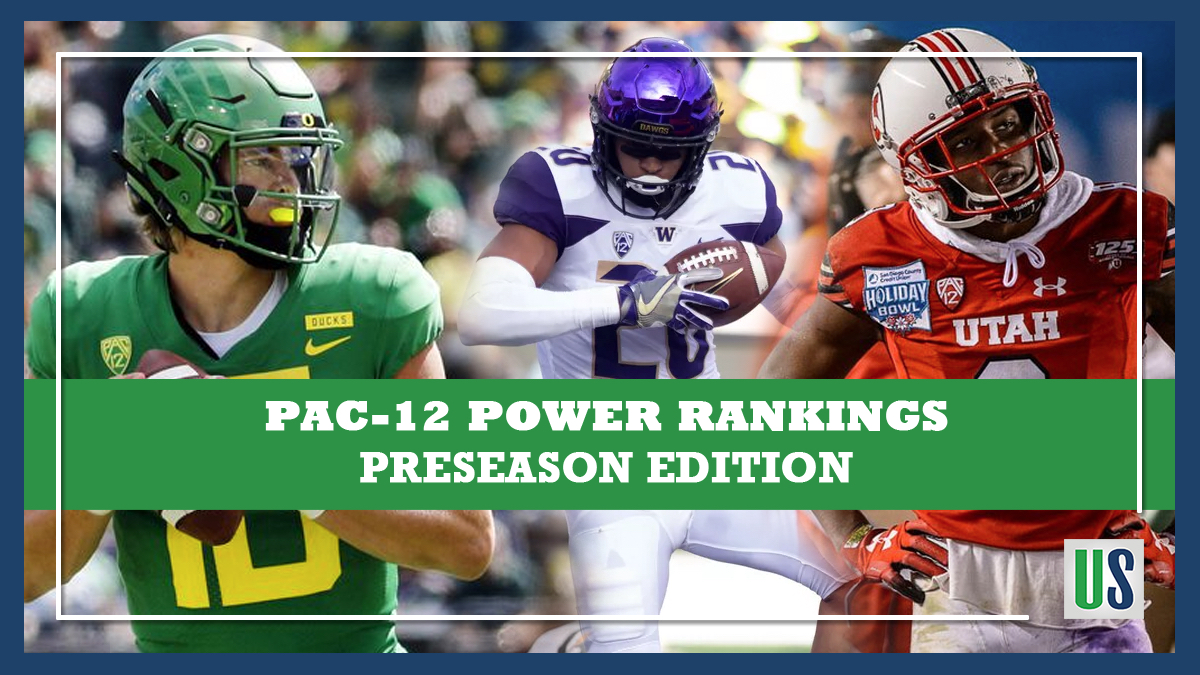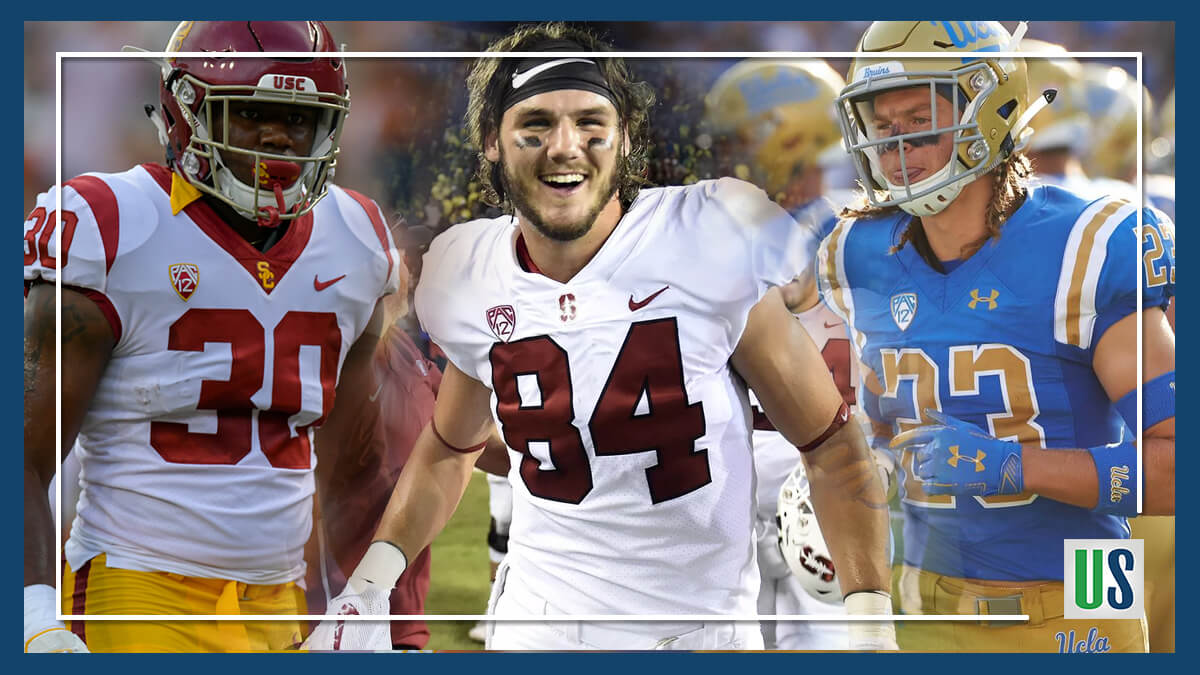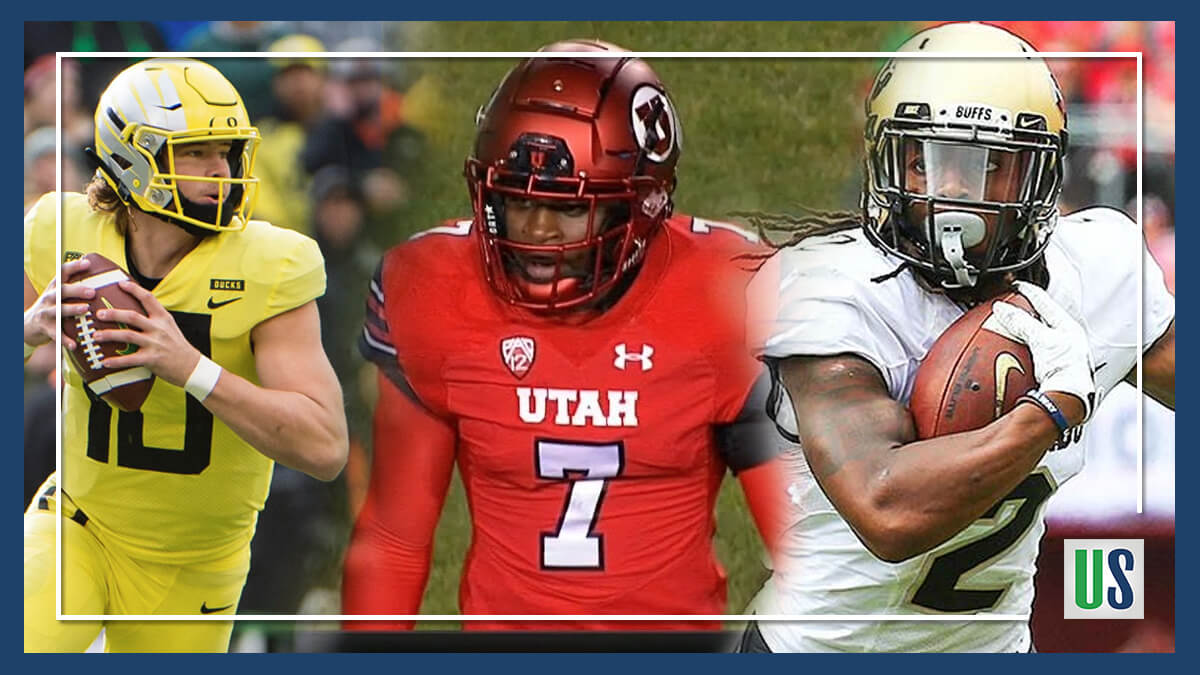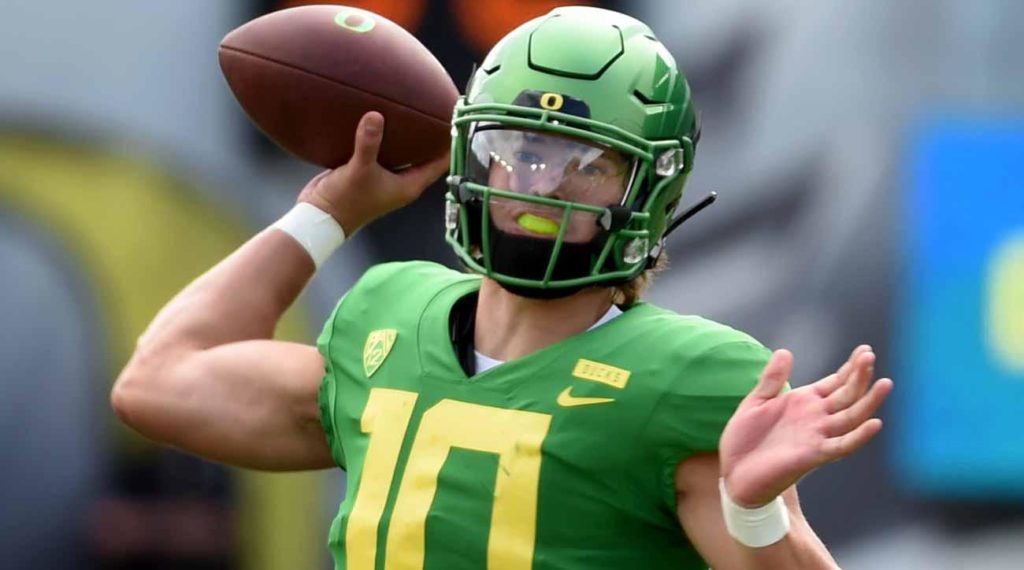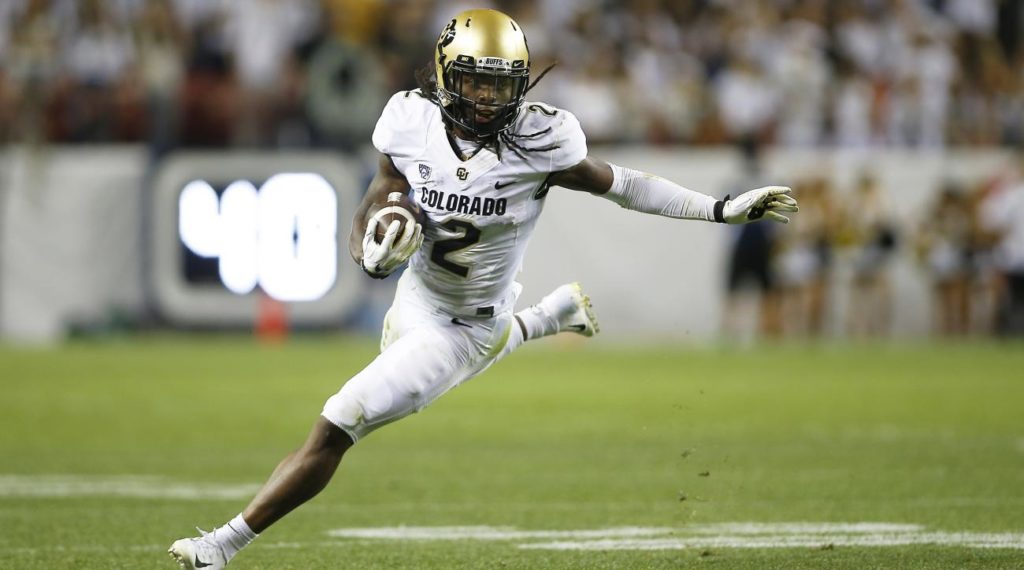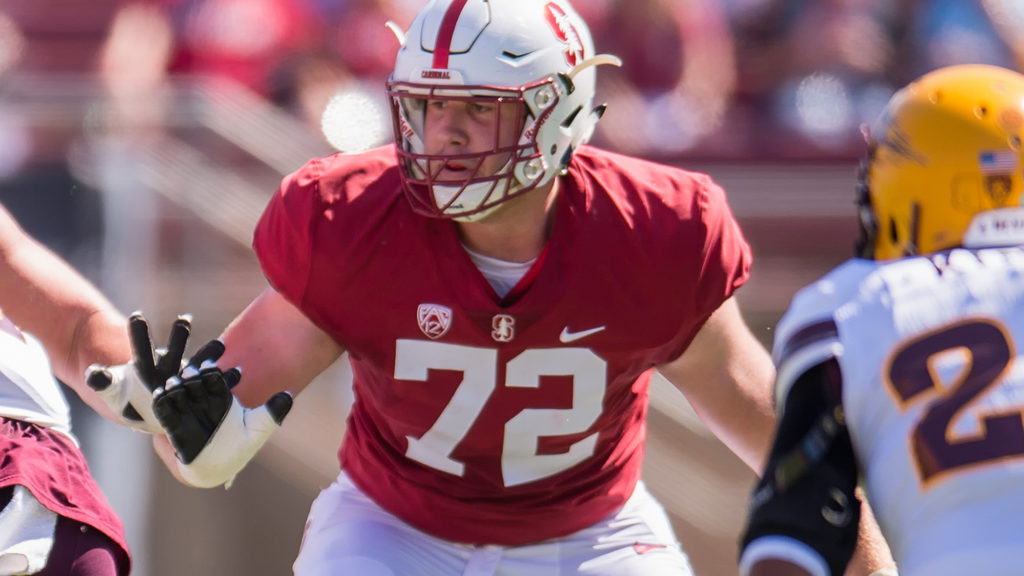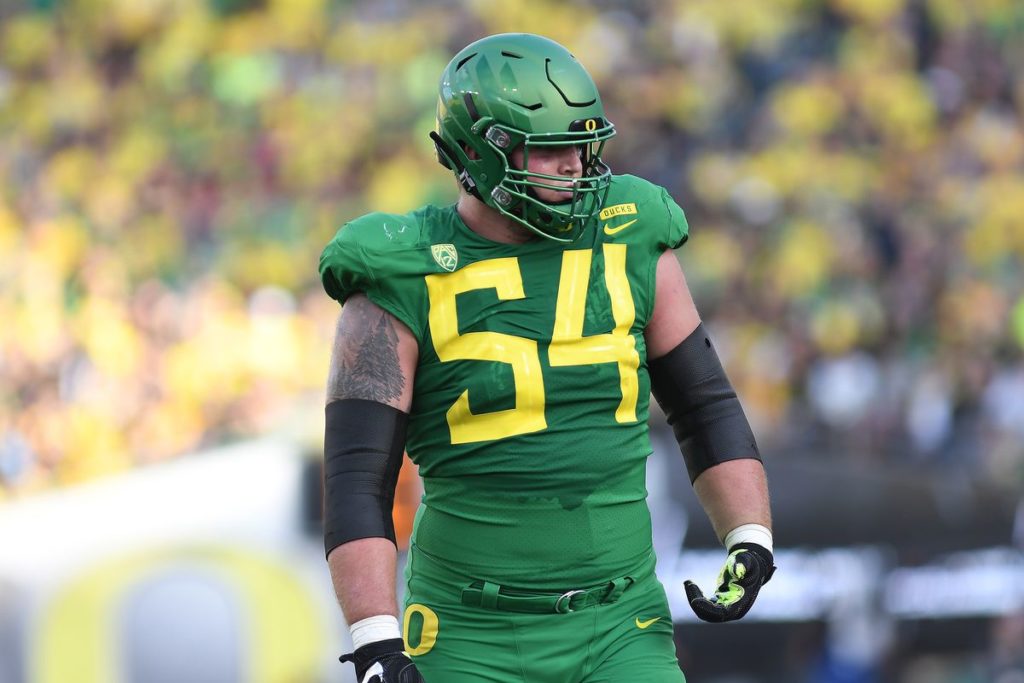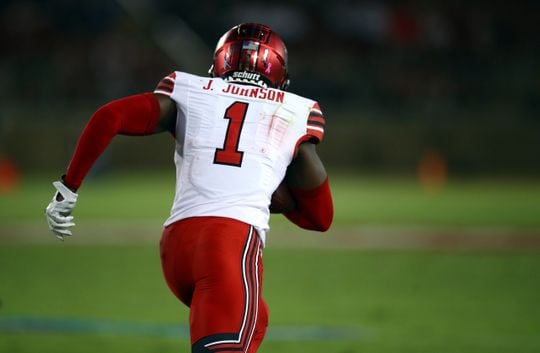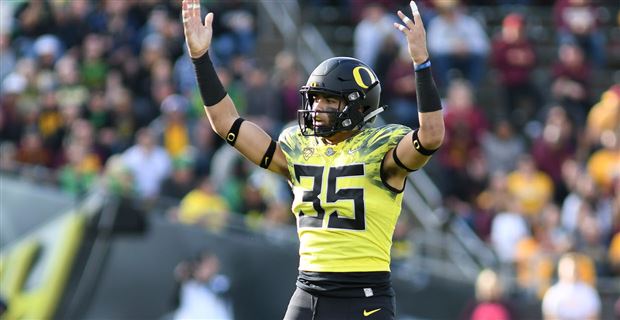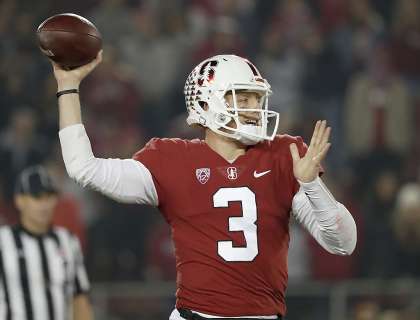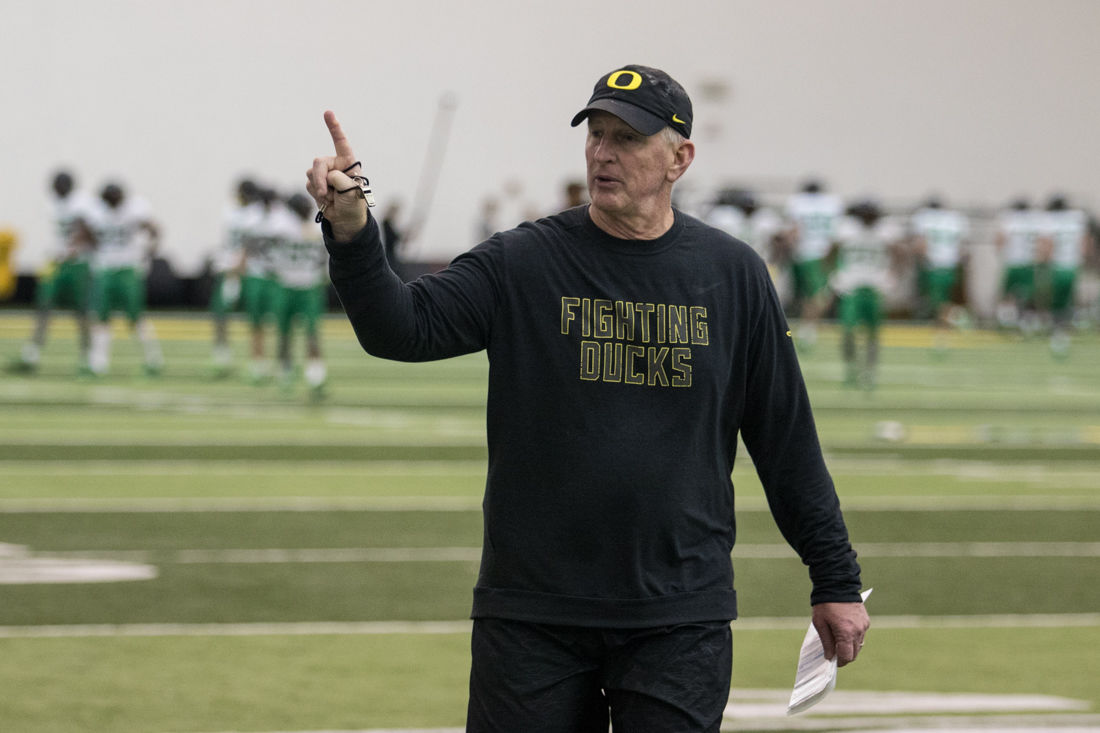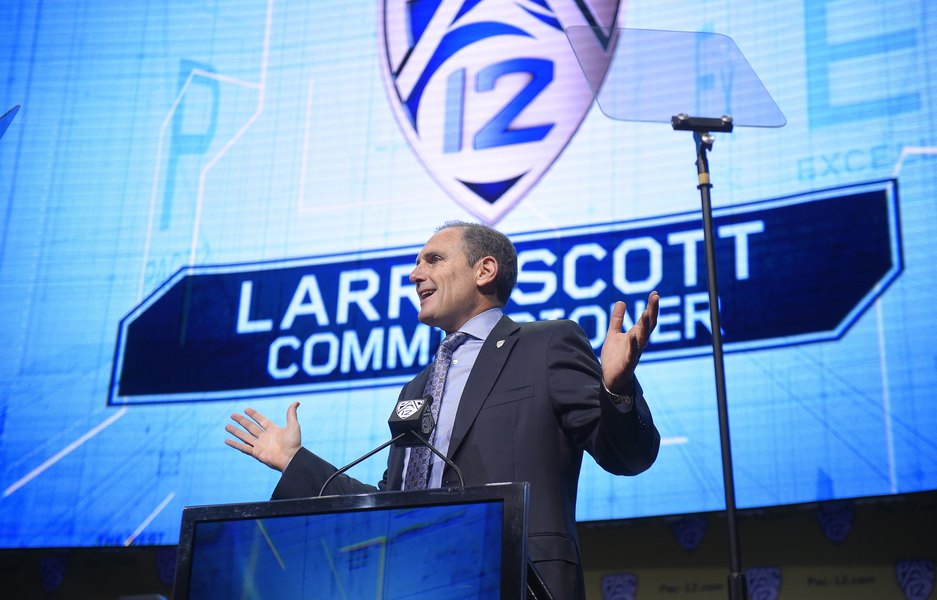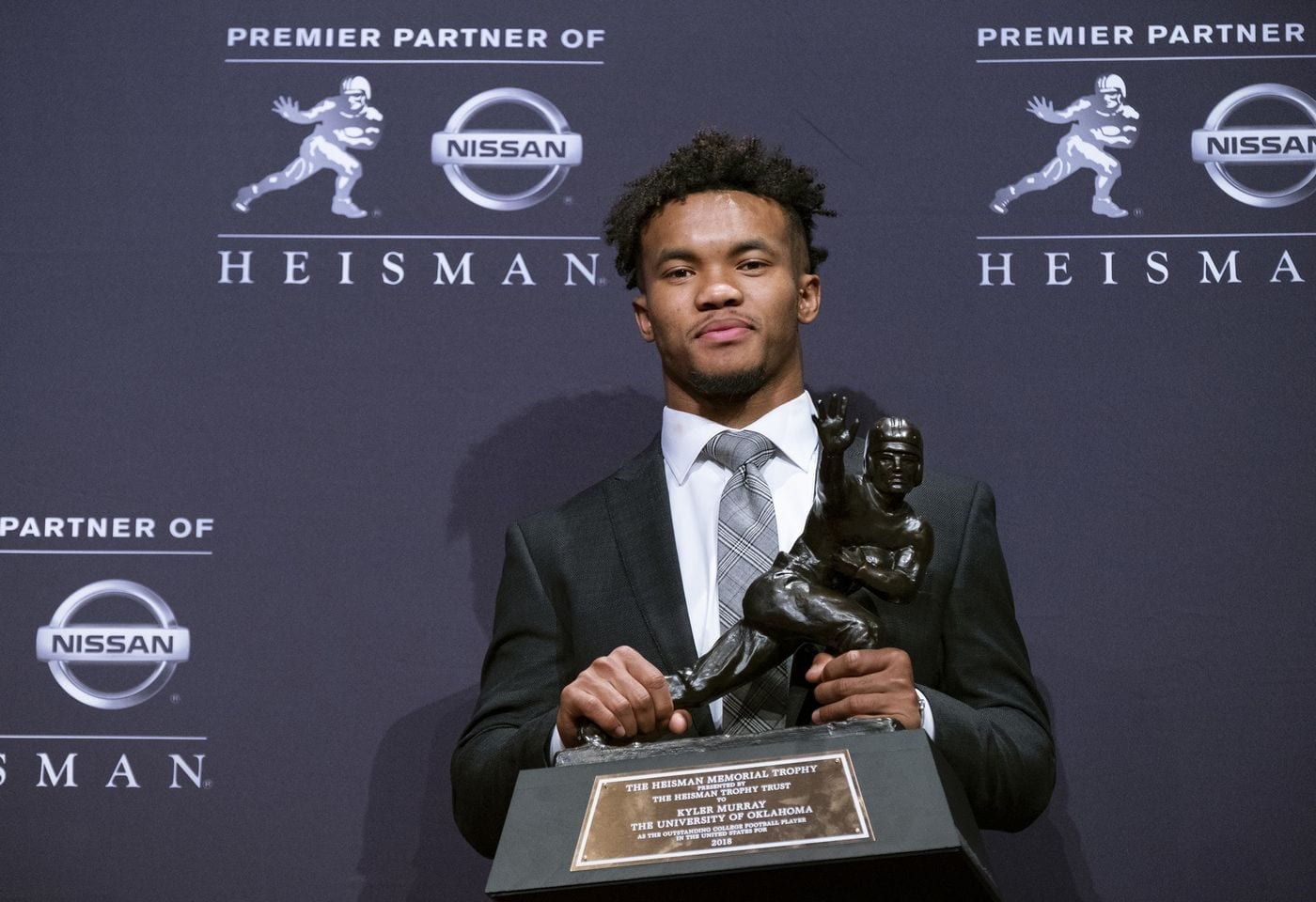Pac-12 Breakout Players
Each season, college athletes “come out of nowhere” to impress fans, coaches, scouts and media alike. In 2019, there are a large number of Pac-12 breakout players on offense. The conference is loaded with talent and opportunity. Get ready to watch these players turn heads and find the pay-dirt in 2019.
University of Arizona: Cedric Peterson
WR, Redshirt Senior
In 2018, the University of Arizona’s top-four receivers in receptions and yards were Shawn Poindexter, Tony Ellison, Shun Brown and Devaughn Cooper. Now, the team is without each of them. Cooper was dismissed for violating athletic-department policy and the other three were redshirt seniors in 2018. Clearly, the University of Arizona football needs someone to step up.
To fill the void, Cedric Peterson will likely step up in 2019.
“Now I’m the head guy in the room, now I’m the leader for the first time,” he said to the assembled media. “It’s a little nerve wracking but I’m ready for anything. I’ve been preparing for this my whole life.”
Cedrick Peterson
Peterson is one of two returning receivers with at least one career reception for the University of Arizona. He is the only scholarship receiver with at least one game started for the Wildcats. Additionally, outside receivers coach Taylor Mazzone believes that Peterson will replace Poindexter. As an outside receiver in 2018, Peterson gathered multiple receptions in 7 of 12 games, was praised for his “sturdy” blocking (which helped the Pac-12’s best rushing team). All in all, he’s the guy with the most experience and the clearest opportunity to step up.
Arizona State University: Jayden Daniels
QB, Freshman
Jayden Daniels has already broken a record for Arizona State University. At the start of the season, he will be ASU’s first true freshman to open the season at quarterback.
“I think he manages the game really well,” Edwards said. “He doesn’t make a lot of bad throws, to be quite honest. He doesn’t turn the ball over. He’s got a lot of poise.”
ASU Coach Herm Edwards
In high school, Daniels was impressive. For Cajon High School, he had 1,389 pass attempts for 14,007 yards, 170 touchdowns, and 25 interceptions. Additionally, he added 562 carries for 3,645 yards and 41 touchdowns. Because of his excellence, he is Southern California’s high school career holder for passing yards and passing touchdowns (he’s second in California state history to Jake Browning). He’s also the state record holder for total offensive yards in a single season. As far as high school careers go, he was an all-star quarterback.
Now, as the starter of a Pac-12 collegiate team, he has to grow, learn and improve to the speed of the game. Because he’s already impressing coaches with his decision making, look for him instantly join other Pac-12 breakout players and remain relevant for his collegiate career.
Cal: Christopher Brown Jr.
RB, Sophomore
Cal’s lead back, Patrick Laird, left for the NFL. He vacates 223 carries and 51 receptions from 2018. Now Christopher Brown Jr. has the chance to take over the lead-back role. At 6-foot-1, 230lbs, Brown has feature-back size. Additionally, he showed that he can carry the load for Cal when Laird exited in the Cheez-It Bowl against TCU. In that game, Brown rushed for 57 yards, while adding 3 receptions for 14 yards.
Also, Brown is known for breaking through arm-tackles and avoiding contact for long gains. Because of his powerful and elusive skill set, he’s a threat to take any rush to the house. Look for Brown to take over and become the feature of Cal’s offense in 2019.
UCLA: Chase Cota
WR, Sophomore
Chase Cota, didn’t hesitate to start producing for UCLA football. As a true freshman, he instantly made a splash. The 4-star recruit played in all 12 games and showed versatility as both a receiver and on special teams. He earned 13 catches for 168 yards and was 5th in team targets. On the field, Cota gained praise for his speed, intelligence, route running, and hands. What more could you want from a receiver?
In high school, he gathered experience on both sides of the ball, playing as receiver and defensive back. Additionally, his father is Chad Cota, former Oregon star and an 8-year retiree of the NFL. In 2019, Cota should be inserted into a starting rotation and will quickly gain trust from Dorian Thompson-Robinson.
Colorado: Jaren Mangham
RB, Sophomore
Another 4-star recruit, Jaren Mangham is set for big opportunities in 2019. Colorado football lost Travon McMillian and Kyle Evans. As a recruit, ESPN ranked Mangham as the No. 37 athlete in the nation and Rivals ranked him as the No. 14 running back. Mangham is 6-foot-2, 215lbs. At Cass Tech High School, he notched 31 touchdowns in his senior season. 26 rushing, 2 receiving and 3 kickoff returns. He has excellent talent, size, and versatility.
Currently, he is the third running back behind Alex Fontenot and Deion Smith. However, Mangham is sparking interest in fans and coaches alike. In an April spring game, Mangham added three touchdowns and 149 yards with his rushing prowess. Without major talent or experience ahead of him, Mangham will set himself apart by season’s end.
University of Oregon: Sean Dollars
RB, Freshman
Yet again, the University of Oregon recruited top talent. This time, the Ducks signed the Nation’s No. 1 All-Purpose back recruit, Sean Dollars. Dollars is fast and elusive. Though he is 5-foot-10, 185lbs, his versatility in the running and receiving game will earn him precious snaps in Oregon’s high-octane offense. Dollars already impressed at spring and fall camps.
With highlights like those, it’s clear why Dollars made it on our Pac-12 breakout players list. With his diverse skillset and natural athletic talent, Sean Dollars will make an immediate impact with Oregon’s offense.
Oregon State University: Jesiah Irish
WR, Redshirt Freshman
When it comes to speed, Jesiah Irish has it. At Oregon State University’s pre-camp “combine in March, Irish unofficially ran a 4.26 40-yard dash. Also, as a top-baseball prospect, Irish recorded the fastest time running from second base to home for his age group. He has blazing speed. Downfield or after the catch, Irish is a danger to opposing defenses.
“He can take the top off the coverage,” Smith said. “It helps everything. In the run game, if you can put a guy out there who can roll, the safety better back up. You take a couple guys out of there, that’s a few less guys to tackle the running back.”
Jonathan Smith
Though his role still might go under-appreciated in 2019, Irish should still make enough plays to become a well-known name for Oregon State University football. Blazing speed makes for impressive plays and highlights, which is why he earned his spot on our Pac-12 breakout players set.
USC: Markese Stepp
RB, Redshirt Freshman
Ahead of Stepp are two solid talents: Vavae Malepeai and Stephen Carr. Malepeai, a former 4-star recruit and currently a redshirt junior, led the team with 8 rushing touchdowns last season. He is Hawaii’s high school leader for both rushing yards and rushing touchdowns. The 6-foot, 200lb back is known for strength and power. Additionally, Stephen Carr is the talent that has yet to hit. The former 5-star recruit and current junior battled injuries in both of his first seasons. Now, supposedly healthy, Carr has his chance to shine.
But, with Carr’s injury history and Malepeai’s current knee injury from an early-August practice, opportunity is there for the taking. Leaving behind recency bias, Markese Stepp will be the go-to power-back for this offense. He’s got a smash-mouth running style and has health on his side. Sometimes, all a player needs is a healthy body in order to earn snaps and glory. His big deficiency is in his receiving skills. He lacks experience and stats to show that he is versatile enough to be a bell-cow in Graham Harrell’s Air Raid offense. Nonetheless, Stepp has a big chance to slip ahead of the oft-injured Carr and currently injured Malepeai.
Stanford: Colby Parkinson
TE, Junior
Colby Parkinson is a big boy. At 6-foot-7, 250lbs, he’s all the tight end a team needs. But, in addition to his size, Parkinson was an excellent deep threat for Stanford football. In 2018, he recorded 29 receptions for 485 yards and 7 touchdowns. His 16.7 yards per reception average displays his big-play ability. He’s not just a big body. Parkinson showed that he is a quality downfield option.
Additionally, it is important to remember that Stanford lost JJ Arcega Whiteside, Trenton Irwin, and Kaden Smith. Parkinson is their leading, returning receiver. With rapport, experience, size and big-play ability on his side, Parkinson is going to turn NFL scout heads in 2019.
Utah: Jaylen Dixon
WR, Redshirt Sophomore
Redshirt sophomore Jaylen Dixon is ready to build on his redshirt freshman campaign. Last season, he garnered 32 receptions for 589 yards and 18.4 yards per catch. Like Jesiah Irish, Dixon makes his money (even though college athletes aren’t actually paid) with his speed. He is an explosive playmaker that the Utes will definitely utilize going forward.
Most impressive was that Dixon posted a near 75% catch rate last season. With his large depth of target, displaying a catch rate that high is an exceptional talent. Get ready for big plays and a big-time breakout into the Pac-12.
University of Washington: Sean McGrew
RB, Junior
Myles Gaskin, the most productive running back in University of Washington football history, is gone. He leaves behind 259 carries and 21 receptions. Behind him are capable backs that spelled Gaskins in 2018. Salvon Ahmed is the early leader to take over the feature-back role for UW. However, McGrew showed excellent efficiency in 2018 and is poised for a breakout season. His 50 carries for 226 yards and 1 touchdown show good running. But his 6 receptions for 110 yards display an elusive, satellite-back.
Recall that McGrew had 10.56 100-meter-dash speed out of high school. He was a 4-star recruit for good reason. The 5-foot-7 back is quick. When it comes to football, McGrew is explosive. Elite offenses need explosive playmakers. Look for McGrew to compliment Ahmed’s power-back role with his own explosive, satellite-back role. The duo will turn heads in 2018 and McGrew will transform into UW’s version of Tarik Cohen.
Washington State: Max Borghi
RB, Sophomore
Washington State University football’s Max Borghi rounds out the breakout candidates for 2019. WSU lost James Williams to the NFL Draft. He left behind 122 rush attempts and 83 receptions. Williams was utilized in all situations for WSU football.
Last season, Borghi already showed excellent skills when spelling Williams. He tied WSU’s freshman touchdowns record. Last season, he had 72 carries for 366 yards (5.1 YPC) and 8 rushing touchdowns. Borghi also had 53 receptions for 374 yards (7.1 YPR) and 4 touchdowns. He is just finding his form and Williams leaves behind ample opportunity.
At 5-foot10, 197lbs, Borghi isn’t a diminutive satellite-back. He has feature-back size for a collegiate football team. Borghi is powerful with excellent hands. His versatile skill set will impress Pac-12 viewers and earn him a spot in the 2020 draft.
Follow Jeremy McCarthy on Twitter to see how the Pac-12 Breakout Players do this season.

